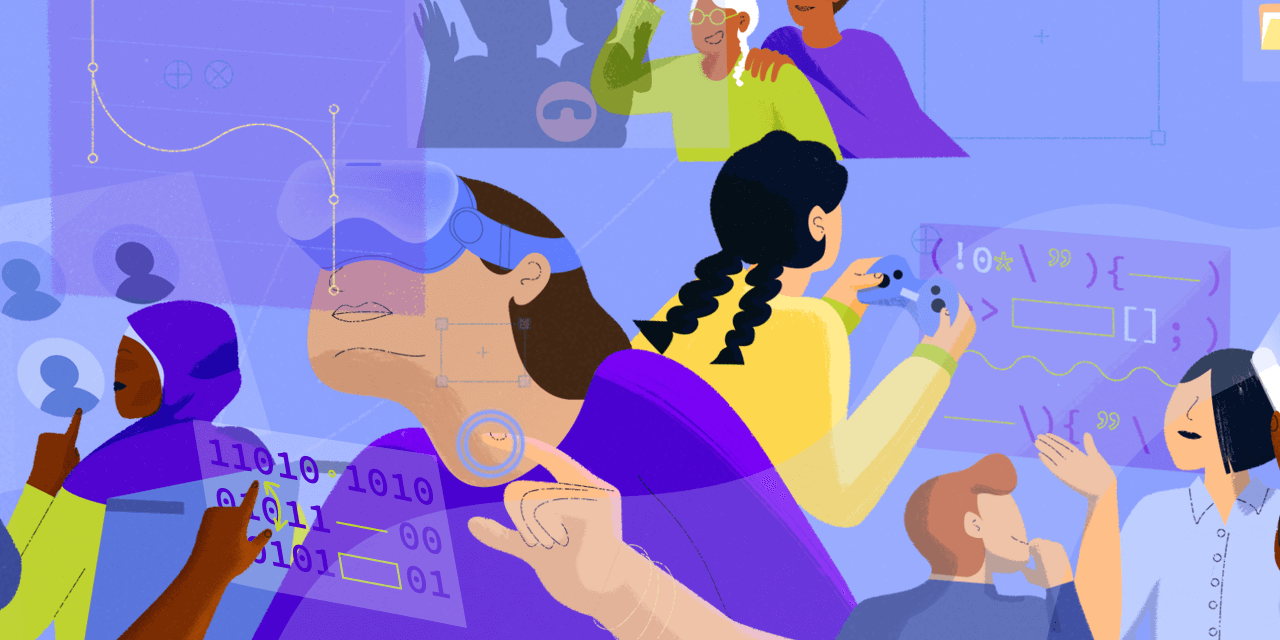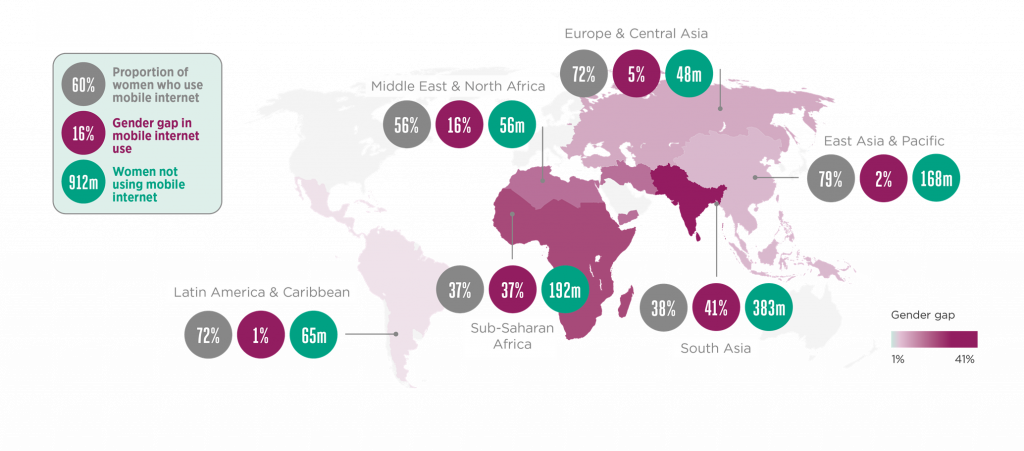
All of us with a smartphone with a digital assistant know how useful they can be. However, this ubiquitous application indicates why the world needs more women in science and engineering. Until about April 2019, Siri, the female-gendered voice assistant used by hundreds of millions of people on their smartphones, would reply “I’d blush if I could”, when a human user would tell ‘her’, “Hey Siri, you’re a bi***.” The AI algorithms have since been modified but female-gendered submissiveness in such technology remains unchanged.
The obsequiousness and servility shown by such digital assistants demonstrate how gender biases are now being embedded into our daily lives, and alarmingly, most of us don’t even notice.
The need for more women to participate in the STEM sector is increasingly urgent. In March 2023, the UN Commission on the Status of Women will host the largest gathering of women around the world to discuss the CSW67 (2023) Priority Theme: “Innovation and technological change, and education in the digital age for achieving gender equality and the empowerment of all women and girls”. This topic could not be more pertinent or important.
According to UNESCO, women and girls are 25 percent less likely than men to know how to use digital technology for basic tasks, four times less likely to know how to program computers and 13 times less likely to file for a technology patent. Women also lack basic digital tools like a mobile phone, as shown on the map below. At a moment when every sector is dominated by new and emerging technology, this data shows that the digital gap for women continues to widen.

The United Nations 2022 snapshot of progress made with respect to Sustainable Development Goal 5 – Gender Equality, shows that it will take nearly 300 years to achieve gender parity. Women’s labour force participation in 2022 is projected to remain below pre-pandemic levels in 169 countries and areas and women and girls are missing the opportunities in the explosive growth of jobs and careers in science, engineering and technology.
According to the UN report, Women hold only 20% of jobs in the STEM sector and they comprise only 16.5% of inventors associated with a patent. Yet participation in science, technology and engineering will enable us to progress much of the urgent work needed to advance the UN Sustainable Development Goals. We need the contribution of the brightest minds, especially women and girls to develop and innovate solutions to enable clean drinking water for all (SDG #6), enable the implementation of low-cost renewable energy solutions (SDG 7) for all and for the development of sustainable cities with the responsible use of resources for a zero-carbon future (SDG 9, 11 and 13).
A global analysis of 133 AI systems across industries found that 44.2 per cent demonstrate gender bias.
Artificial Intelligence (AI) can seem daunting to some and revolutionary for others – but can scientists unlock its possibility to benefit marginalized people? Explore how AI is being used to champion equality and inclusivity at the cutting edge of software innovation in this video as part of #UnlockingScience
A combination of factors continues to limit the participation of women in STEM sectors. Social norms and pressures, including from families and teachers, systematically steer girls away from science and mathematics. Teachers and parents, intentionally or otherwise, perpetuate biases around areas of education and work best “suited” for women. In my own case, my school did not even provide a teacher for my course in higher mathematics and I had to arrange for external support. Fortunately, I had the resources and with my father’s encouragement (also an engineer), I excelled in advanced mathematics. Not everyone is so fortunate.
However, even for the small proportion of women who study science and engineering and pursue a career in this field, retention is also an issue. The male-dominated work environment tends to be difficult, with basic needs such as inclusive facilities and female-friendly safety workwear still unavailable in many workplaces in Australia, where I live. The lack of flexible working arrangements and family care responsibilities that women continue to shoulder in unequal proportions also limit the retention of women in science and engineering workplaces. There is a very leaky pipeline for women and very few reach the senior management and executive levels or become Chief Executives or members of the board of directors of large organizations.
It’s clear that there are multiple layers of systemic issues of be addressed and each nation and country will progress action at their own pace. I am pleased to say that I am Co-Chair of the Elevate program in Australia, which aims to increase the participation of women and girls in STEM by providing up to 500 scholarships at the undergraduate, postgraduate and leadership levels to progress women’s careers in various fields of science and engineering.
The Elevate Program has three pillars: Education and Impact, Skills Building and Leadership. participants will obtain world-class education in science, technology, engineering, and mathematics (STEM) and undertake world-leading STEM research. Elevate will emphasizes pathways for every graduate to aspire to a successful career become the next leaders in industry, academia, and government. Importantly, the project encourages women from rural and regional areas and from diverse and non-binary gender backgrounds to apply.
This project is funded by the Australian Government, Department of Industry, Science and Resources (DISR), from its fund for “Boosting the Next Generation of Women in STEM” and provides $41 million over 7 years. It is being delivered by the Australian Academy of Technological Sciences and Engineering and is supported by a wide network of organizations from various sectors. It’s clear that organizations and their leaders want to contribute and support this important project to ensure its success.
This project is an example of implementation of one of thirty recommendations made in the United Nations 2022 Snapshot on progress with SDG 5, to “Significantly increase public and private sector investments in evidence-based initiatives aimed at bridging the gender digital divide”. It demonstrates what can be done through partnership and coordination by government, industry and universities to encourage more girls to consider careers in science engineering technology and mathematics. The time for all nations to start is now, if we are to address the gender divide on every level and for our sustainable future.
Dr Marlene Kanga AO FTSE FISC Hon.FIEAust Hon.FIChemE is a member of the ISC Fellowship.
Images from UN Women, CSW67 (2023) and SDG Indicator Dashboard | UN Women Data Hub